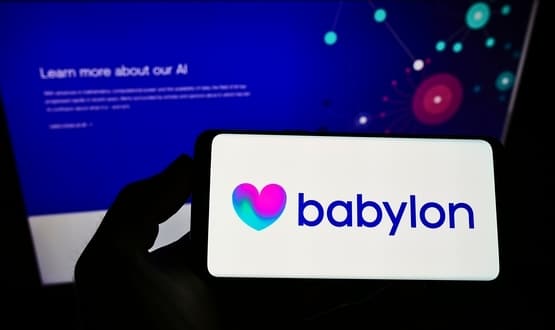GPSoC approved by the Treasury
- 17 July 2007
The GP Systems of Choice (GPSoC) initiative has received Treasury approval and the primary care system suppliers are expected to sign agreements in principle by the end of this month.
The agreements will mark the fruition of the GPSoC project first launched in March 2006 with the aim of delivering IT system choice for GPs as promised by the 2004 nGMS contract.
Dr Gillian Braunold, co-GP clinical lead for Connecting for Health (CfH), told EHI Primary Care that following the agreements in principle primary care trusts (PCTs) would be able to enter into contracts with suppliers on the GPSoC framework on behalf of practices.
She added: “CfH is hoping to reach agreements in principle with the suppliers by the end of this month and PCTs can then draw down on those national contracts.”
The GPSoC initiative aims to enable GPs to stay with their existing clinical IT systems which will be upgraded in line with a set of requirements and standards laid out by CfH or migrate to a local service provider solution. A six level maturity model aims to encourage suppliers to comply with the various CfH programmes including Choose and Book, the Electronic Prescription Service, GP2GP and the NHS Care Records Service.
Although GPSoC does not involve any new money the scheme will be centrally funded, freeing PCTs from the pressure to make decisions on GP IT systems based solely on the cost of the systems to their own budgets.
CfH began the procurement exercise for GPSoC in February and nine companies, covering eight existing system suppliers plus one newcomer to the market, presented their IT systems to GP and PCT representatives at a two day meeting hosted by CfH in April. Negotiations on price with individual suppliers followed.
Dr Braunold said the “vast majority” of suppliers who had expressed an interest were expected to join the GPSoC framework.
“All the names that people know and love will be there,” she said.
Dr Braunold said system choice had been a key issue when she and Professor Mike Pringle were appointed as co-GP clinical leads three years ago.
She added: “It was a very hostile environment and people had no choice. I think now we have delivered and more on what we came in to do. We’ve also had an enormous amount of support from CfH to resolve what seemed to be absolutely intractable problems along the way.”
Dr Braunold said Treasury approval for the GPSoC business case was essential to the go-ahead of the initiative. She told EHI Primary Care that she thought it had taken a long time for a variety of reasons including addressing suspicions that any project that touched primary care would end up putting money in GPs’ pockets and the priority afforded to approval of the scheme by the Treasury.
The GPSoC procurement process is divided into two lots. The first lot, for GP clinical IT systems and services, is expected to be settled by the end of this month. Lot two, for the provision of data migration services, has begun and is expected to be completed in September.
More information about the implementation of the GPSoC framework is expected to be released this month and CfH say an interface for management of the implementation is currently being developed using its Tracking Database and is due to be available for use from August.




